I'm using jquery datepicker in order to get 2 dates. In my case I have to get the date in this format d-M-y. I'm using it in order to be able to insert the values into an oracle database without any formating. The problem is that I need to calculate the months between 2 dates. For example: 1-Oct-13 - 30-Oct-16.
Here is how I'm getting the dates in my js:
LastAssimDatePicker = (function() {
$( "#lastAssimilationDate" ).datepicker({
yearRange: "-20:+100",
changeMonth: true,
changeYear: true,
dateFormat: "d-M-y"
});
}),
LastAssimDateOverPicker = (function() {
$( "#lastAssimilationDateOver" ).datepicker({
yearRange: "-20:+100",
changeMonth: true,
changeYear: true,
dateFormat: "d-M-y"
});
}),
The above dates are assigned to 2 variables - lastAssimilationDate and LastAssimDateOver
The problem is that I really can't find a way to calculate the months between the 2 dates and I already lost about 2 hours on it. I'm pretty sure that there will be an easy solution, but as a beginner, I'm not able to spot it. I know that there are simmilar topics here, but I can't get it working, or it does not fit on my issue.

